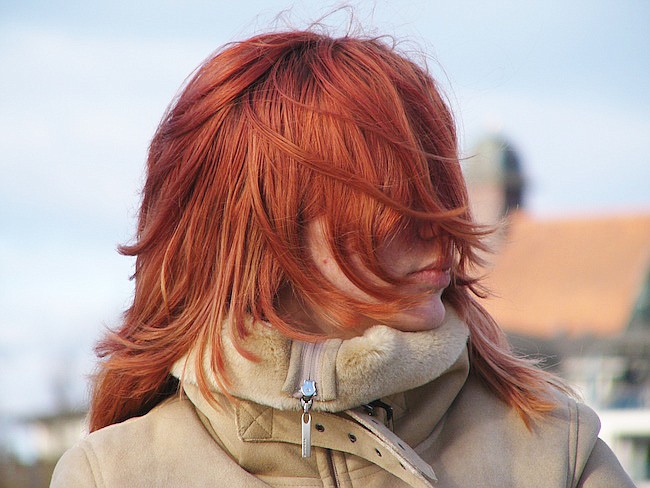- April 23, 2024
-
-
Loading

Loading

Did you know skin cancer is the most common type of cancer in the U.S? With summer heating up, it’s important to remember that overexposure to the sun can have harmful side effects, such as increasing your risk of developing skin cancer. Although skin cancers are slow to spread and may often respond successfully to treatment, others can be deadly. Thus, it’s important to avoid and understand the risks.
Increased risks:
• UV exposure: The greatest risk for skin cancer comes from exposure to ultraviolet (UV) light, including sunlight, sunlamps and tanning beds. The greater the exposure, the greater the risk. Interestingly, although the rates of melanoma are higher in the southeast where the sun is strong, some of the highest rates of melanoma in the U.S. are found in the northwest. This should be a stark reminder that overcast skies do not protect against UV rays – and protecting your skin even on cloudy days is critical.
• Fair skin: The American Cancer Society reports melanoma is more than 20 times more common in Caucasians than African Americans. The risk is also higher in individuals with blonde or red hair, blue or green eyes, or skin that burns or freckles easily.
• Age: Although skin cancer risk increases as you age, melanoma is one of the most common cancers in young adults, especially women. People who have had at least one severe (blistering) sunburn as a child, or used sunlamps or tanning beds before age 30, also have an increased risk.
Because it’s virtually impossible to go through life with no sun exposure, everyone is at risk. But there are several steps you can take to protect yourself from the sun and help reduce your chances of developing skin cancer:
• Sunscreen: Apply one ounce (two tablespoons) of sunscreen to all exposed areas 30 minutes before outdoor activities. Cover areas including the back of ears and neck, and tops of feet and hands (if you are bald, applying it to your scalp is also important). Use a broad-spectrum sunscreen that protects against both UVA and UVB rays, with an SPF of 30 or higher. Reapply every two hours, especially after swimming or sweating. It’s also important to remember that sunscreen should be used on babies over the age of six months.
• Cover up: The sun’s UV rays are most intense between 10 a.m. and 4 p.m. If you work outdoors, tightly woven clothes provide the best sun protection. In addition, wide-brimmed hats, hats with material that covers the back of the neck, and sunglasses help protect sensitive skin on the neck, face and around the eyes.
• Sun-safe swimwear: Look for bathing suits that cover more skin – swim shirts, one-piece suits and long trunks. Many children now wear swim shirts or T-shirts while at the pool or beach, but these are also a good idea for adults.
• Look closely: Regular, thorough skin examinations are important, especially if you have a large number of moles or other risk factors. While this will not prevent skin cancer from developing, exams can help detect the early stages. Always tell your doctor if you see any new, unusual or changing moles or growths on your skin, and it’s a good idea to have a professional skin exam at least once a year.
For more information about skin cancer risks, symptoms and treatments, visit the Cancer Treatment Centers of America website at www.cancercenter.com/skin-cancer/learning.
Mahdi Taha, DO, FACOI is a medical oncologist with Cancer Treatment Centers of America at Southeastern Regional Medical Center.